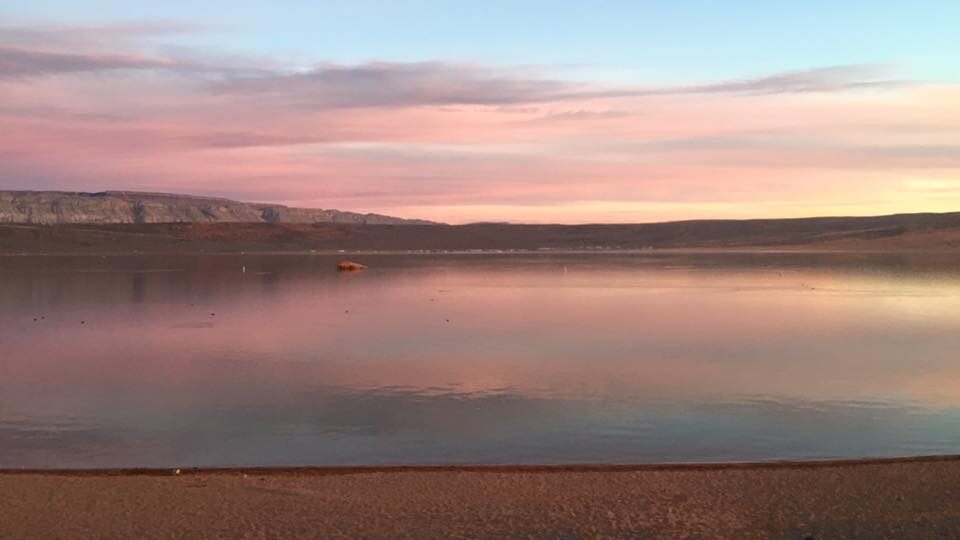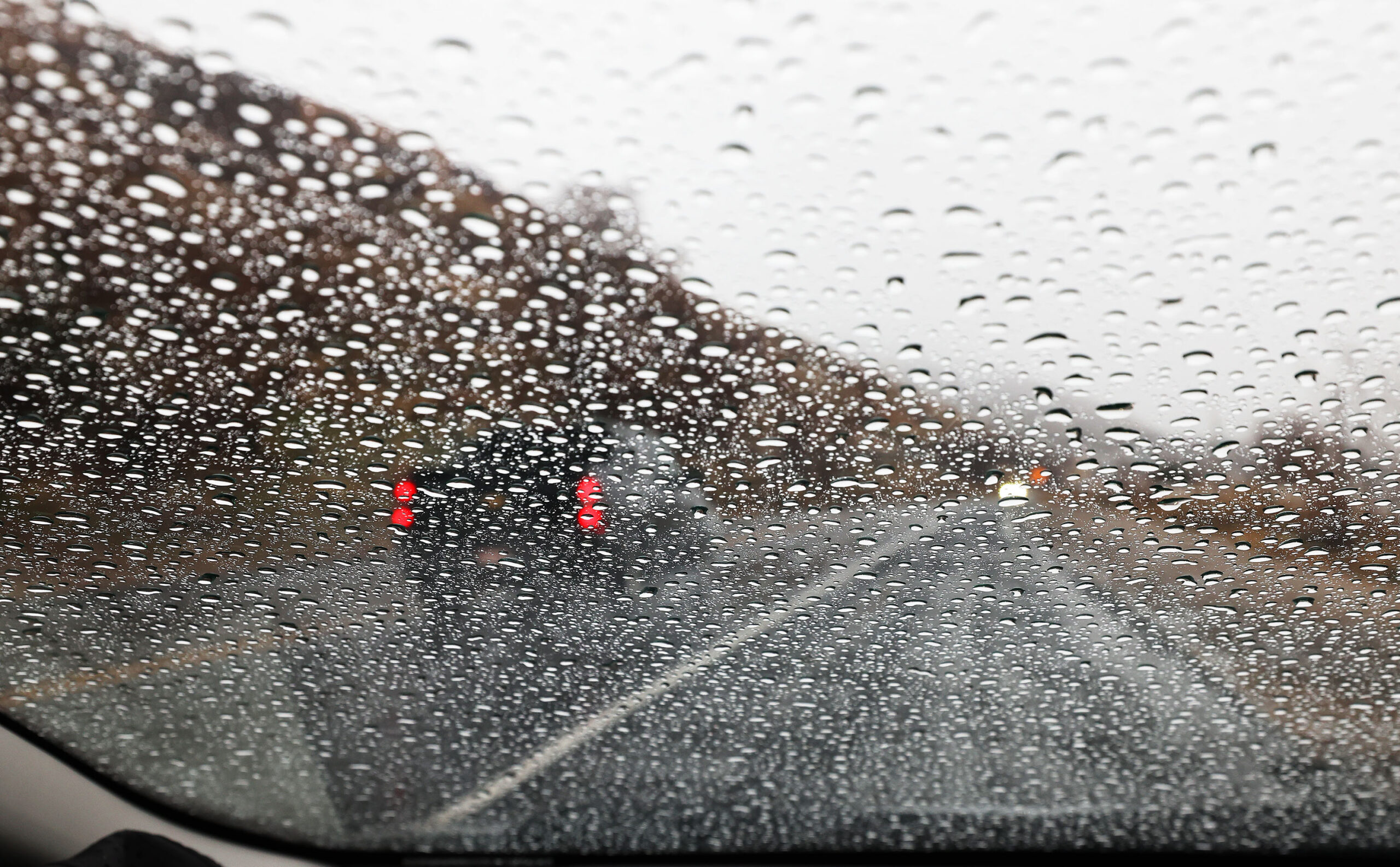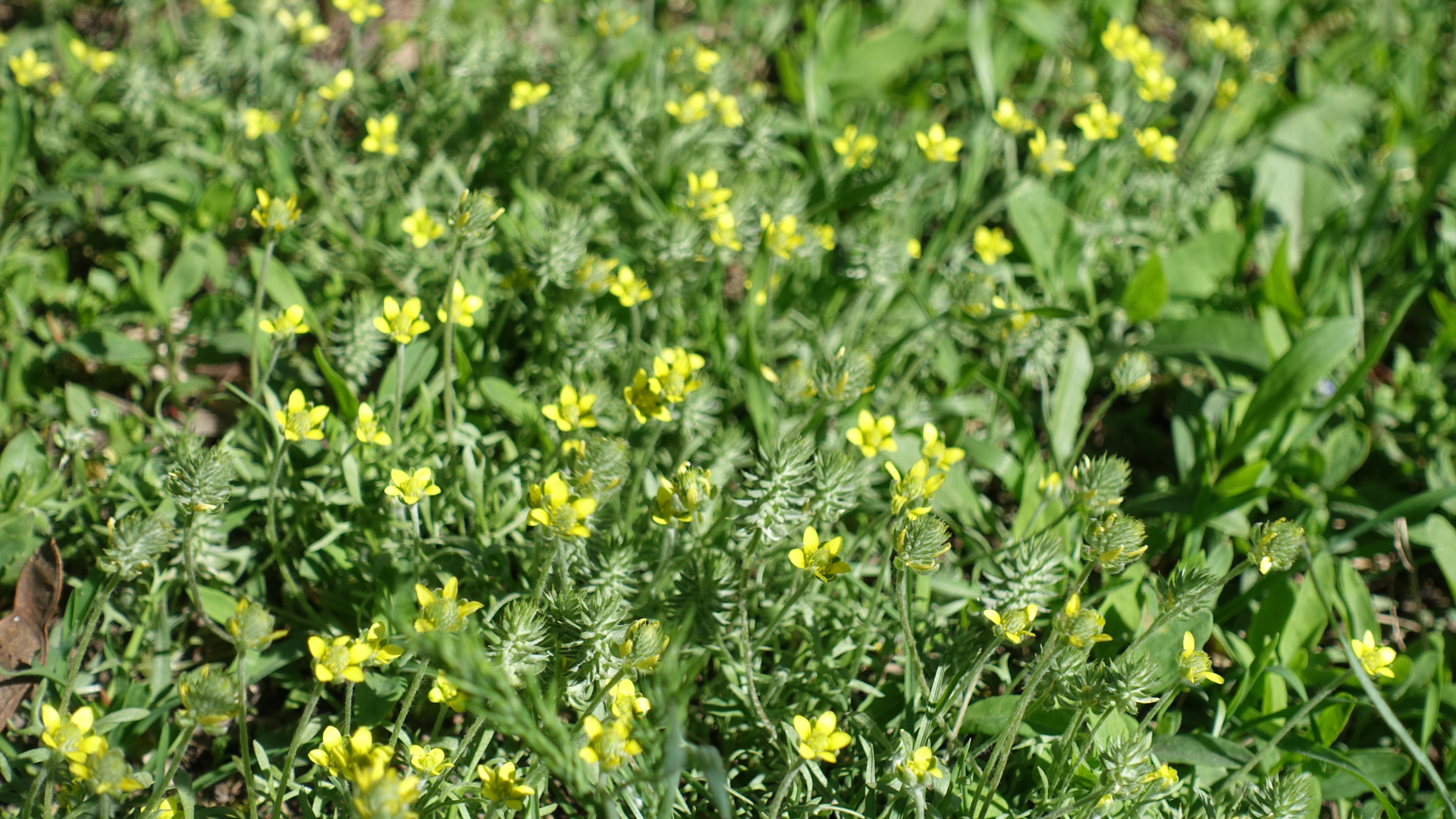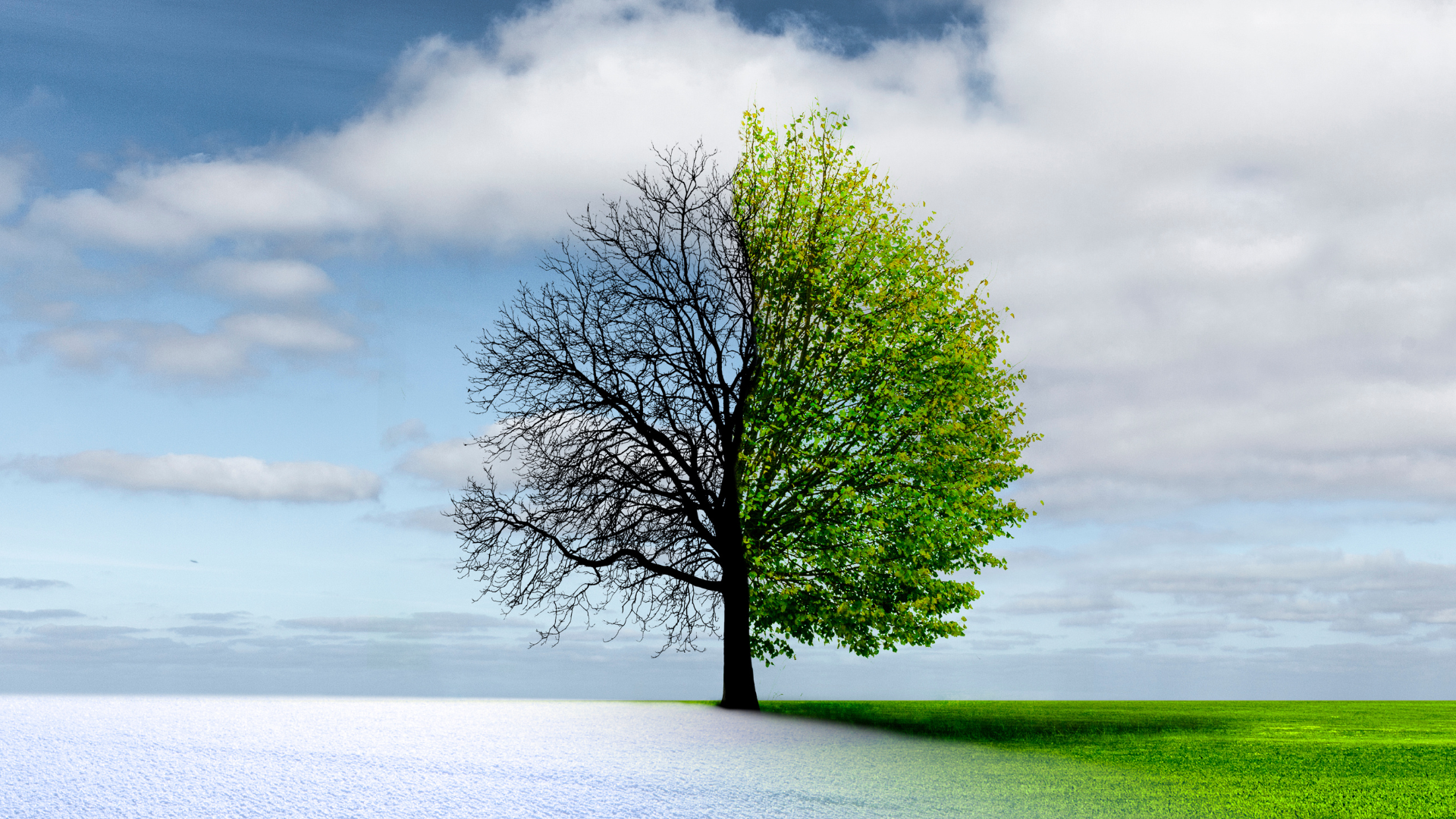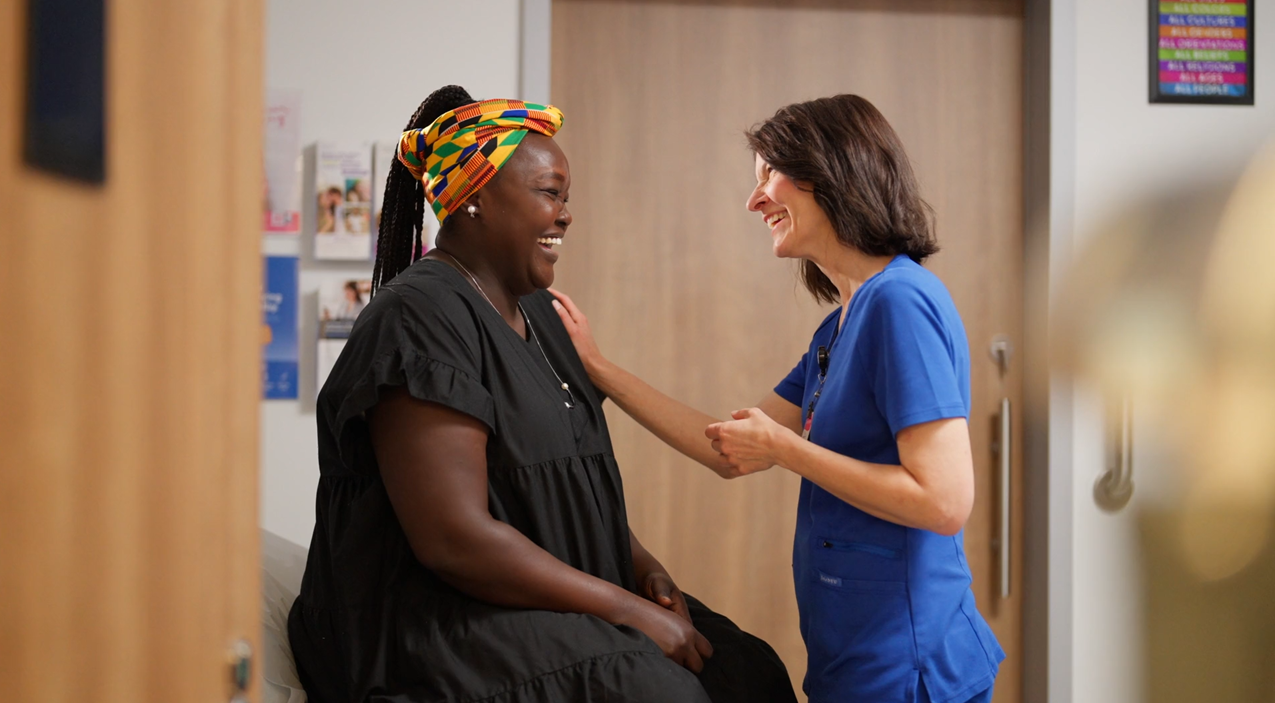Myrtle spurge removal treatments happening this spring, fall
Apr 25, 2024, 12:36 PM
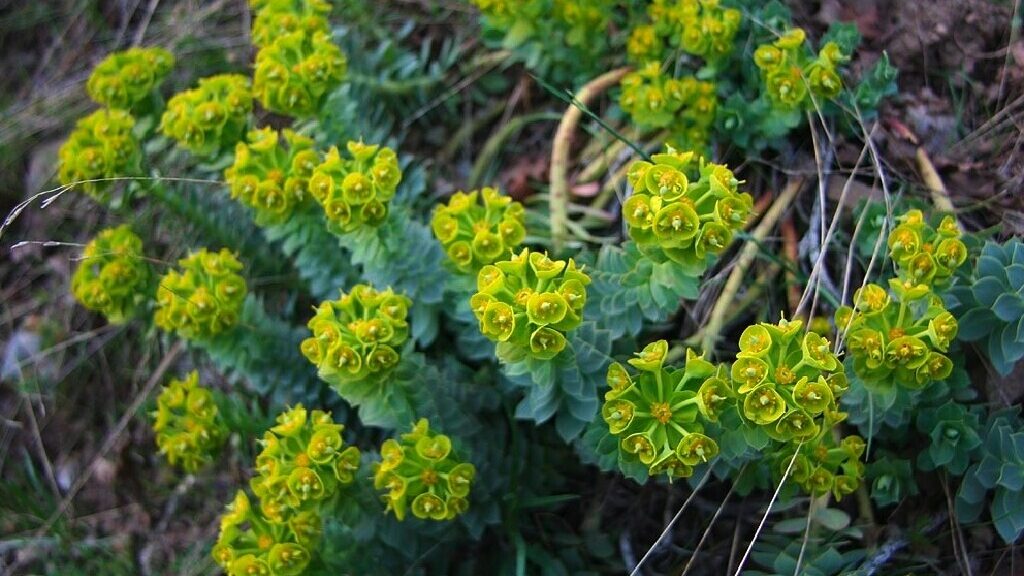
Myrtle spurge, a popular ground cover also known as donkey tail, is displacing native Utah vegetation and also poses a health threat. (Patrick Nelson/Bonneville CWMA)
(Patrick Nelson/Bonneville CWMA)
SALT LAKE CITY — Treatments to control invasive plant species myrtle spurge will happen this spring according to the Salt Lake County Health Department website,
Originally adopted by landscapers for water-wise yards, the plant has since spread into areas of Parleys Canyon and Millcreek Canyon, among others.
The first treatments happened in March, according to the health department’s website. Using several methods,the treatments will continue until June.
Because the invasive plants are best contained while the soil is moist, treatments will pause in the summer and resume in the fall.
How to get rid of myrtle spurge
The SLCO Health Department website said chemicals are being applied to the plants. Contractors will apply a mixture of surfactants (a compound in detergents), purple or blue dyes, and the herbicides glyphosate and chlosulfuron in an attempt to kill the plants.
Additionally, crews will pull out, mow, and till the weeds.
The treatments will take place on public lands. The sites were listed as Parley’s Pointe, Grandeur Peak Open Space, and Millcreek Canyon.
The SLCO health department website did not provide specific treatment dates for any areas. However, it said that people should avoid spending time in the areas during the treatments.
Myrtle spurge poses risks to Utah ecosystems, humans
Utah State University said that myrtle spurge is native to Asia and southern Europe. The drought-tolerant plant was initially used by Utah landscapers. However, it spread to hillsides and canyons.
Myrtle spurge has been outcompeting native plants, posing a risk to their ecosystems, according to a social media post by Save Our Canyons.
Since its spread, it has been classified as a noxious weed by Salt Lake County. The Natural History Museum of Utah said that the plant has been banned from sale in Colorado and Oregon.
Additionally, it has been restricted for sale in Utah, per the SLCO Health Department.
Myrtle spurge also poses a risk to human health. According to the SLCO Health Department, all parts of the plant contain a toxic sap. If it comes into contact with human skin, it can cause blistering, irritation, redness, and swelling.
If you come into contact with the sap, rinse the area thoroughly as soon as possible.
Related:

